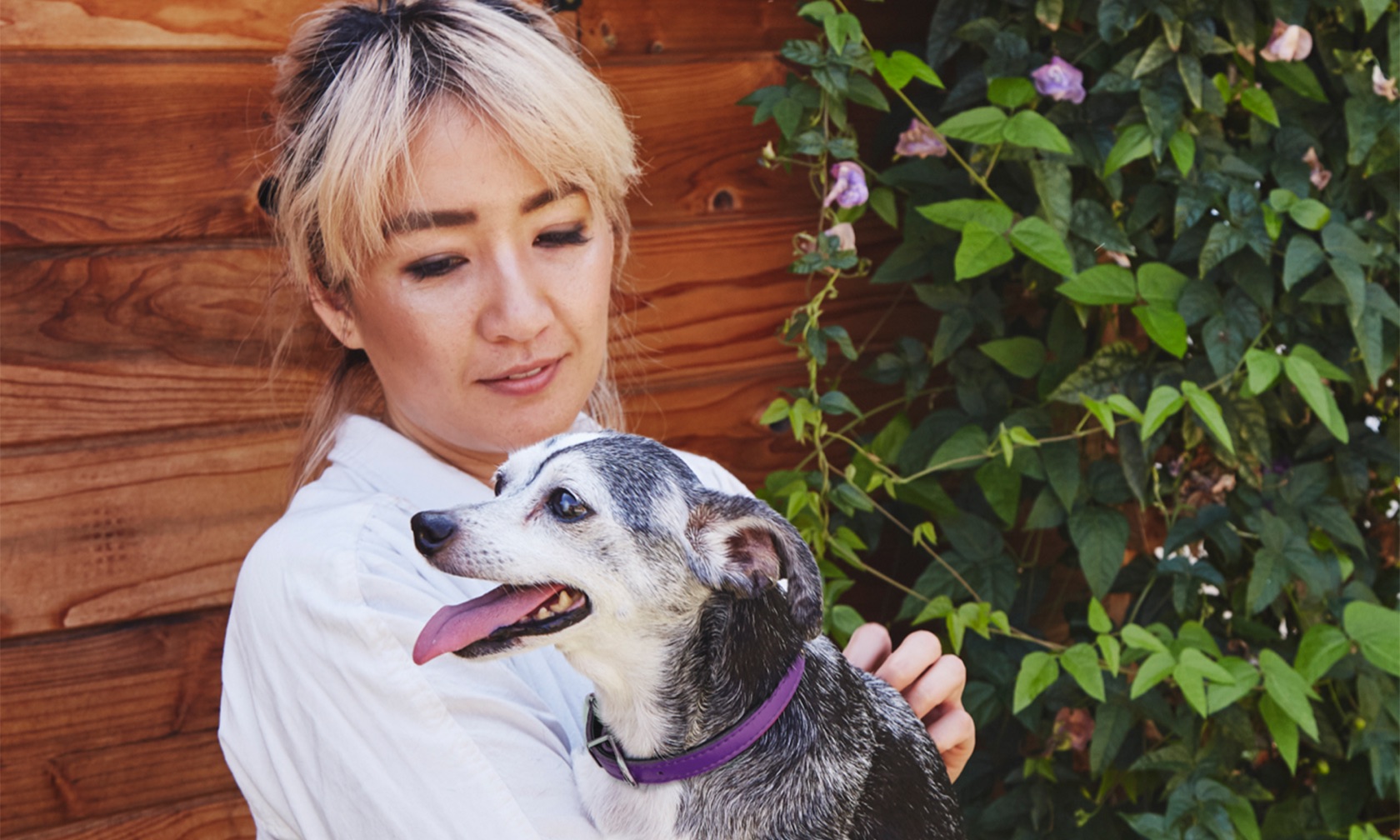Diabetes mellitus is a condition that occurs your pet's body cannot effectively move glucose (blood sugar) into cells. This results in too much glucose in the blood and not enough glucose in the cells.
Without sufficient amounts of glucose, which the body needs for energy, cells cannot function properly. Instead the body has to get energy from other sources, such as muscles and fat. This can result in weight loss, muscle wasting, or lethargy.

What Is Glucose?
Glucose is an energy source for your pet's body. Glucose is sugar that is in the blood and comes from food. Every time your dog or cat eats, food is broken down into nutrients that are absorbed by the body. Glucose is one of these essential nutrients. Tissue cells use glucose as a source of energy, or fuel, to function.
What Is Insulin?
Insulin is a hormone produced by the pancreas that allows glucose to enter tissue cells. As glucose enters the bloodstream, the pancreas is triggered to produce insulin. In a healthy pet, insulin attaches itself to receptors on the cell and acts as a key to allow the glucose to enter the cell and be used for energy.
In diabetic pets, like diabetic humans, either the insulin does not bind properly with cell receptors or the pancreas does not produce enough insulin. Therefore, cells do not respond to insulin properly, causing glucose to build up in the blood stream, where unfortunately it doesn’t do its job as a source of energy for the body.
Type 1 vs. Type 2 Diabetes in Pets
Type 1 Diabetes
- Occurs when the pancreas does not produce enough insulin.
- Most common in dogs.
Type 2 Diabetes
- Occurs when the pancreas produces enough insulin, but the cells do not properly respond to insulin.
- Most common in cats.
Living With Pet Diabetes
While diabetes can be a serious health condition, it is not a death sentence for your pet. With proper management—including at-home blood glucose monitoring, insulin, diet and exercise—you can help your pet live an active and happy life with diabetes.
ZPC-00362R2





